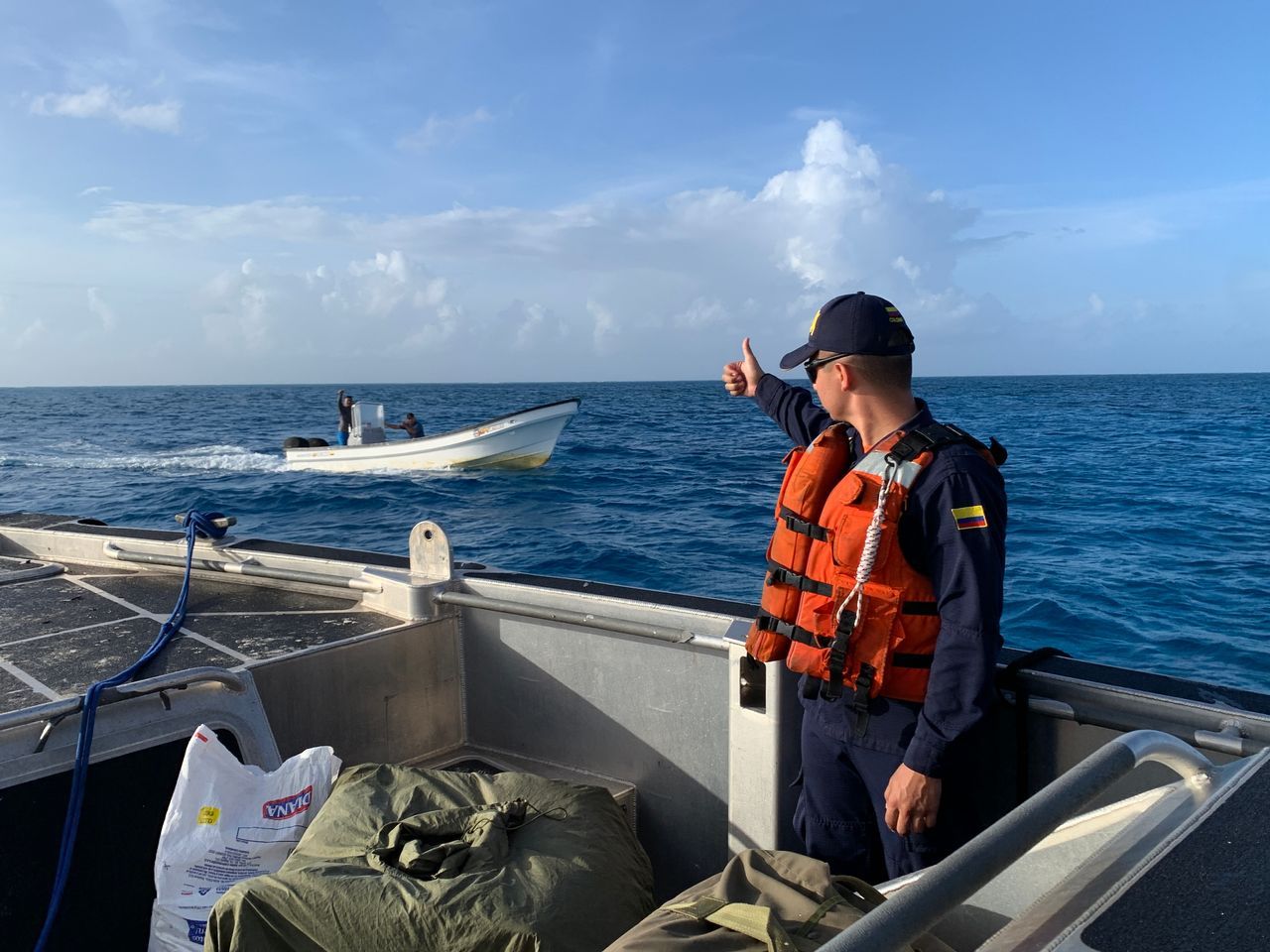SAN ANDRÉS, Colombia—Night had fallen, and Dylimar Guevara and her two children, the youngest just three months old, were about to embark on a boat and cross 100 miles of open ocean to Central America.
The 31-year-old Venezuelan had already hopscotched to the small Colombian island of San Andrés to bypass the jungles in Panama that hundreds of U.S.-bound migrants traverse daily. Her goal was to avoid the rain forest’s dangers, shave days off her trek by making landfall in Nicaragua and arrive more quickly to Chicago’s Southside. Her husband was waiting there.
“Ciao, my love, I’m going to turn off the phone,” she told him in an audio message as she prepared to board one night in late October.
 But she and the children, along with the other migrants on a 30-foot fiberglass fishing boat operated by migrant smugglers and called the IAS II, never made it to Nicaragua. Loaded with 42 people—38 of them Venezuelan migrants, two of them Chinese and a crew of two Colombians—the boat went missing Oct. 21 somewhere in the darkness, said officials in San Andrés and Bogotá, Colombia’s capital.
But she and the children, along with the other migrants on a 30-foot fiberglass fishing boat operated by migrant smugglers and called the IAS II, never made it to Nicaragua. Loaded with 42 people—38 of them Venezuelan migrants, two of them Chinese and a crew of two Colombians—the boat went missing Oct. 21 somewhere in the darkness, said officials in San Andrés and Bogotá, Colombia’s capital.
No survivors have been found, leaving families hoping for a Christmas homecoming shattered.
“I’m sinking in depression, crying, unable to work,” Wilson Gomez, Guevara’s husband and father of the two children, said from Chicago. “It was devastating to learn what had happened, horrible, something you wouldn’t wish on your worst enemy.”
While the jungle corridor called the Darién Gap connecting Colombia and Panama has become one of the world’s major migrant bottlenecks, migrants from as far away as Uzbekistan and Vietnam bank on the little-known route that features San Andrés, an island province 450 miles from Colombia’s northern Caribbean coast.

The costs have been high: About 100 migrants disappeared at sea over the last two years, said Javier Sarmiento, who has headed an investigation into migrant-smuggling in San Andrés for Colombia’s Inspector General’s Office. Naval patrol boats rescued another 1,100 in the same period after their crafts were found floundering in rough seas.
“Two years ago, this route wasn’t used so much, but over the last year we’ve started to see a big jump in people going this way,” said Capt. Carlos Urbano, who has overseen Colombia’s naval operations in San Andrés and surrounding islands this month.
“It’s a route that’s different from the Darién. People who use the Darién have less money,” he said. “Here they come by plane, stay two, three or a maximum of four days, and then they get on a boat to Nicaragua.”
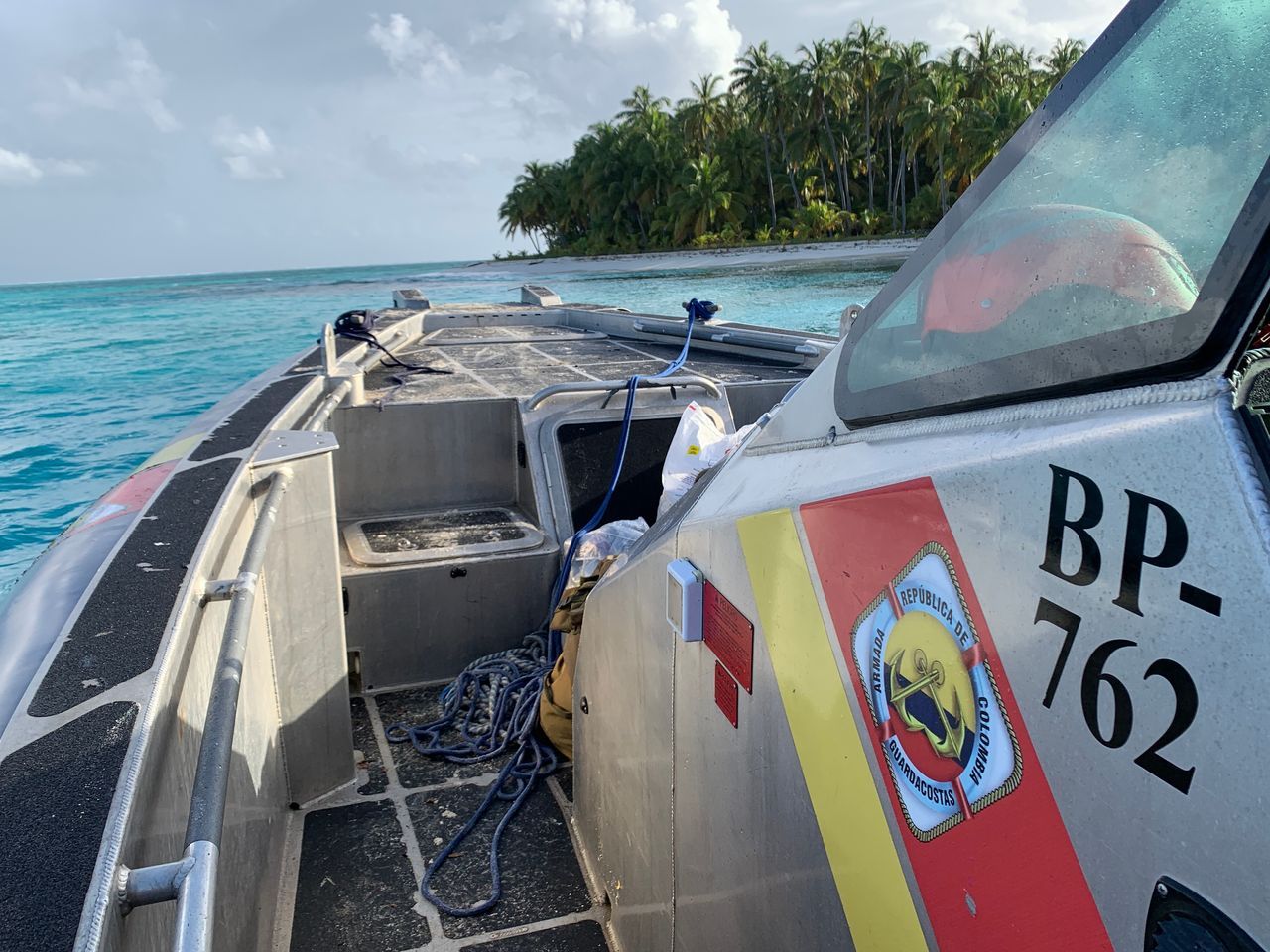
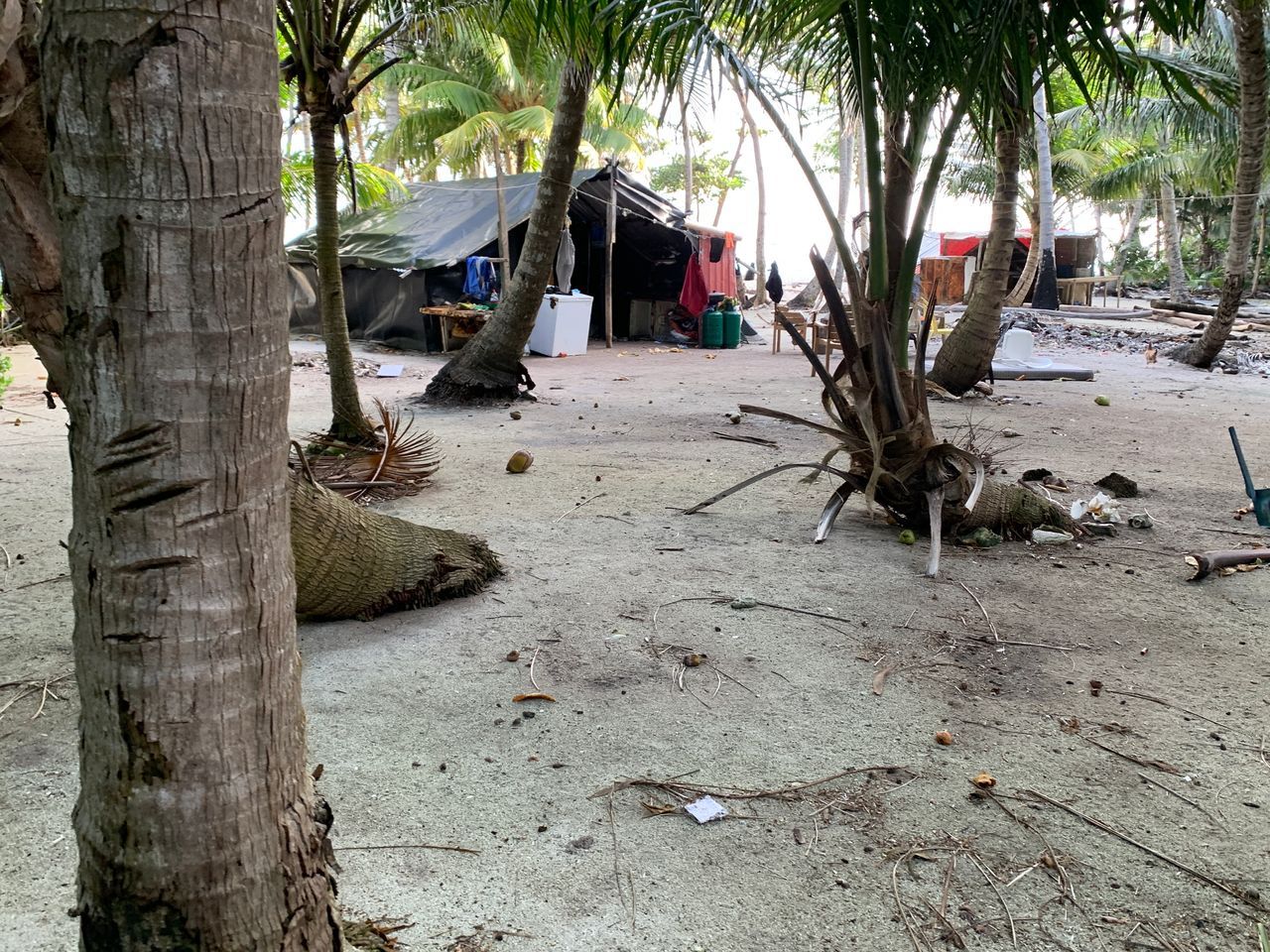
The island platform is considered by Colombian prosecutors to be the VIP route, where shadowy smuggling groups offer trips costing between $1,000 and $5,000. The all-inclusive package offers doctored documents, airfare and hotel stays for migrants who want to avoid the 70-mile Darién journey, including lodging through to Mexico.
Smugglers taking migrants by foot from Colombia into Panama, by comparison, charge about $350, a fee more than 500,000 U.S.-bound migrants have paid to make the slog this year.
Myleden Nathaly Porras’s family said the 29-year-old took the IAS II, which left shortly after 7:30 p.m. that October night, with the hope of reuniting with her husband, Pedro Sánchez. He and their 11-year-old daughter migrated in 2022 to Columbus, Ohio, where he has worked as a mechanic.
“We wanted her to go to San Andrés to avoid going through the jungle,” Sánchez said.
That entailed contracting a man on the island who called himself Steve Walter and made arrangements for her and other migrants, from securing lodging and taking food to Porras and others.
“He was the one who received the money,” Sánchez said.
Unlike the Darién, where businesses and guides openly offer services to migrants, those moving travelers in San Andrés work as stealthily as possible.
Here in San Andrés, 8.5 miles long and with 62,000 people, secrets don’t stay secret for long. Migrants stay in people’s homes or at hostels hidden on the island’s wooded knoll, officials who investigate smuggling say, waiting for the pilots of motorboats to tell them what night they will set sail.
“Almost time, bro,” one migrant smuggler texted to a relative of a migrant who was on the Oct. 21 trip. “Waiting for the dog who left the farm to go back in,” the smuggler added, referring to naval patrols spotted off the coast.
On the island, thrashed by waves during hurricane season this past fall, the weather is a major variable. Even under sunny skies, the seas can whip a small boat about, and missing craft are no surprise to residents.
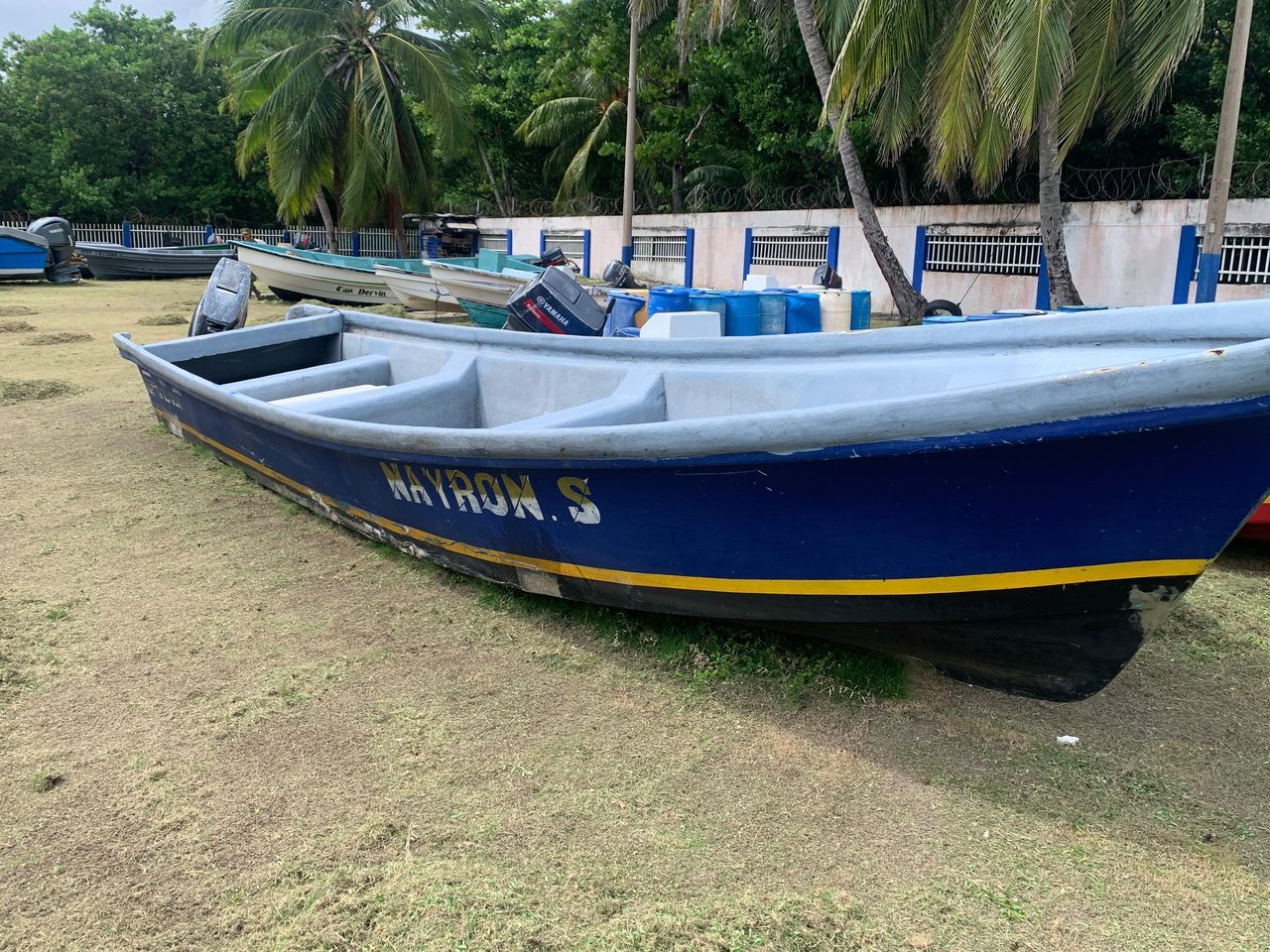
“Out there, in the open ocean, anything can happen,” said Henry Arteaga, a hotel bartender whose stepson, Jhon Valdiri, was the pilot of the IAS II.
Iracema Taylor, director of the central government’s Migration Colombia agency in San Andrés, recounted how in late November she had a heart-to-heart talk with a Venezuelan migrant rescued from a boat that had struggled to stay afloat.
“She only saw one wall of never-ending water after another, and nothing else, without even seeing where she was going,” Taylor recounted, explaining that the smugglers tell migrants the trips will be a snap. “They had told them it would be totally different.”
Several of the migrants who had been rescued explained to Taylor that they had to take risks to start a new life outside of Venezuela, where a cratering economy has led 7.7 million people to flee in the last decade.
“Some of them told me that they would try again,” she said, “and if they have to die doing so, they are still going to do it.”
Migration officials think as many as 500 migrants a month on average, most of them Venezuelans, arrive here by plane from Colombian cities and attempt to make the crossing to Nicaragua.
Most make it, authorities say, boarding under moonlit skies at deserted coves and stopping on tiny islands on the way. Sometimes, smugglers from Nicaragua meet the Colombian vessels to transfer the migrants onto their boats in those keys, or at sea where Colombia’s maritime border ends at the 82 meridian, some 70 miles from Nicaragua.
On the naval outpost on Albuquerque, a picture-perfect island east of Nicaragua with fine, white sand and turtle colonies, the commander of a Colombian marine detachment, Lt. Daniel José Sarmiento, said the smugglers ply the waters at night and stop at uninhabited Fisherman’s Key.
“When there’s no moonlight, you obviously in the darkness can’t see what is happening,” he said as a new marine detachment unloaded provisions from a patrol boat.
He recounted how just last month, after hearing an outboard motor at night, a naval patrol was dispatched to Fisherman’s Key and found 17 migrants abandoned there by smugglers.
“They were Venezuelans, Ecuadoreans, someone who was underage,” the lieutenant said.
“That’s their modus operandi,” he said of smugglers who have been paid their fee yet leave their charges in the lurch.
After the IAS II had left San Andrés that Saturday evening in October and disappeared, relatives of the passengers in the U.S. and Venezuela said they held out hope that they had been ditched on some deserted key.
A man in San Andrés who was part of the smuggling network gave them hope. He had left audio messages on the cellphones of relatives of the IAS II’s passengers, assuring them that they were safe.
“Look, last night they left, everything normal, good weather, a little rain but that doesn’t mean the weather was bad,” the man said.
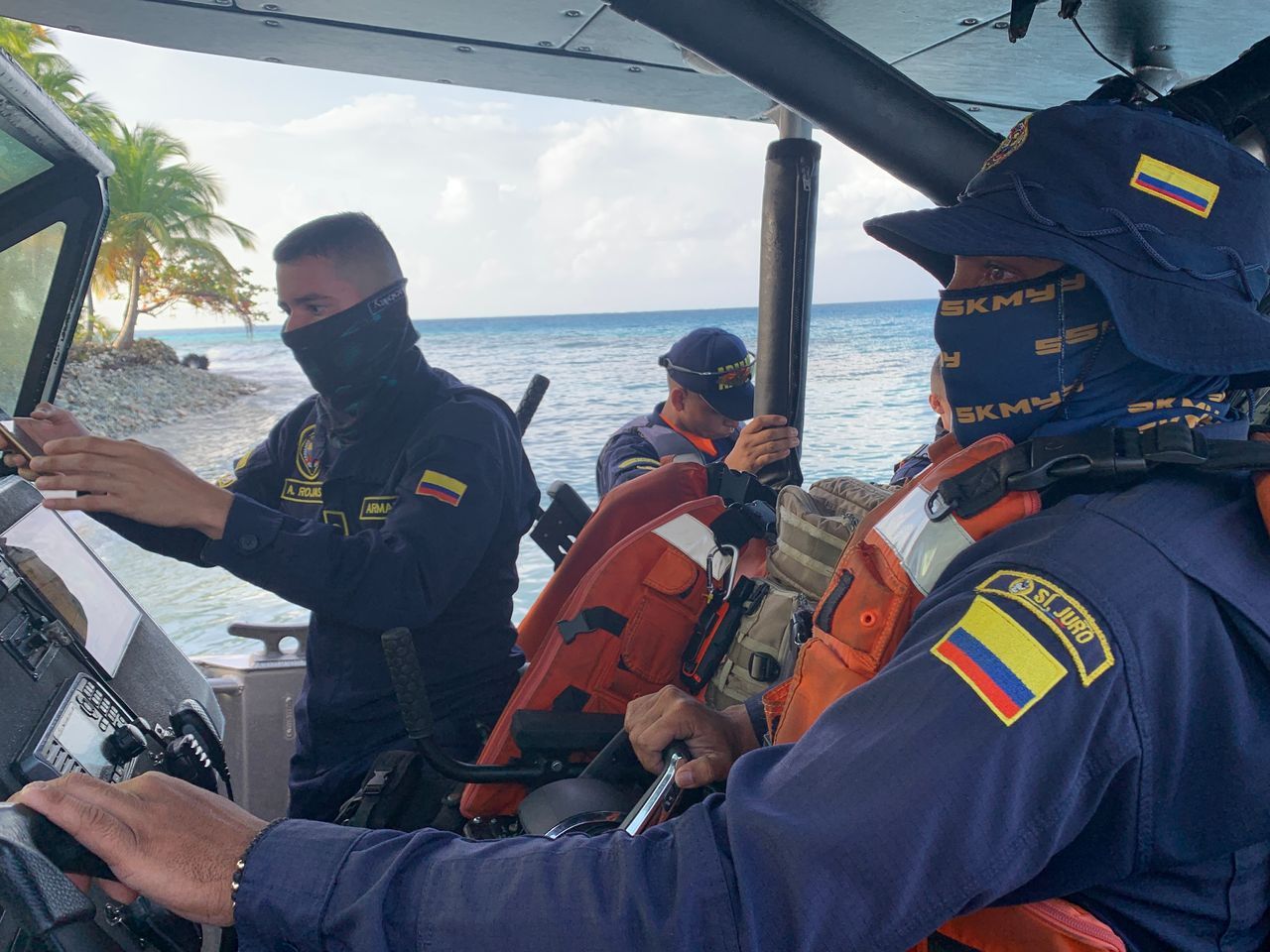
He asserted that they landed in Albuquerque, though smugglers avoided that island because of the Colombian navy’s presence. He told the relatives their loved ones had stayed there overnight and that he had dispatched food for them.
“The boat from Nicaragua will get them in the afternoon, six to seven at night, and they can resume the trip to Nicaragua,” he said on Oct. 22, a Sunday.
Messages the families later sent him went unanswered.
“Sunday afternoon we had begun to hear that a boat had been lost, among those on board my brother,” said July Herrera, speaking of her brother, Elkin Herrera, 38, one of the two crewmen.
Like other relatives, she noted that no flotsam has turned up, nor life vests or bodies. But on the Facebook posts that relatives share, there’s a picture of eight passports of passengers from the IAS II, which family members say washed up in Costa Rica. It gave them the faint hope they could still be alive.
“It’s all very strange, to tell the truth,” said Livia Pieruzzini, who arrived in Colombia with other Venezuelans on a recent day to meet with the officials from the Inspector General’s Office to ask about their loved ones.
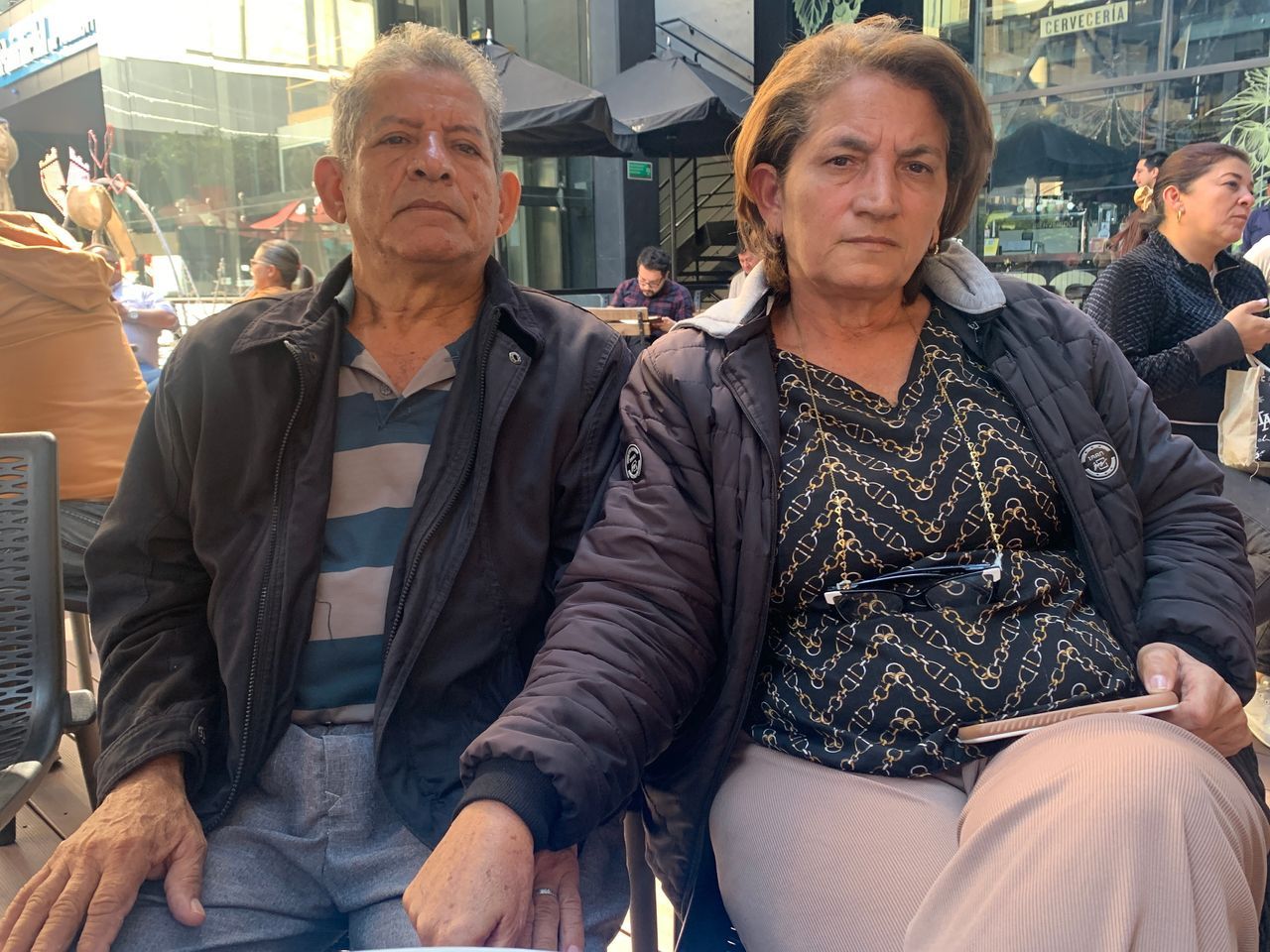
Pieruzzini’s daughter, Leomarly Morón, 27, who was pregnant, had been on the IAS II. She and her husband, Gonzalo Méndez, 30, along with their 7-year-old daughter, Nicole Méndez, had started planning the trip in June.
“Mamá, I have to find a way to have a better life and help you out, too,” Morón said, telling her parents about the route through San Andrés.
“It hit me hard,” said Pieruzzini, who worried about the dangers as she recalled the conversation in their home in Venezuela. “I was anguished for days.”
On the night the IAS II was about to set sail, Morón phoned her mother. The call registered at 7:36 p.m.
“Mamá, give me a blessing, we’re traveling now,” she said. “I gave her a blessing,” Pieruzzini said. “And I told her, ‘Well, my girl, be very careful.’”
Write to Juan Forero at juan.forero@wsj.com
